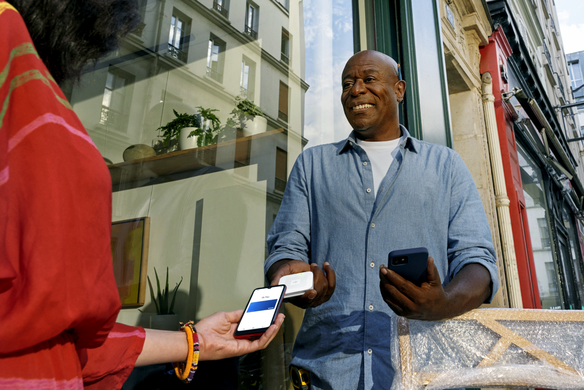Table of contents
This article is for educational purposes and does not constitute legal, employment, or health advice. For specific advice applicable to your business, please contact a professional. Please note that regulations and rules related to COVID-19 and reopening businesses change daily. The information in this article is current as of the publication date only. Please check local, state, and federal regulations for the most current information about reopening your business.
With the increasing spread of the COVID-19 Delta variant, the CDC is now recommending that fully vaccinated people return to wearing masks indoors in high-transmission areas of the U.S. The new guidance is a reversal from a May 13 decision that masks were not necessary indoors for people who are fully vaccinated.
What do these new recommendations mean for businesses as they navigate reopening plans? How can restaurants, retail shops, and more businesses adjust?
Here is the need-to-know information for business owners and the options for navigating indoor operations moving forward.
What are the new CDC mask recommendations for fully vaccinated people?
On July 27, the CDC updated its indoor mask guidance, driven by the Delta variant making up a majority of COVID-19 infections in the U.S. Currently, masks are now recommended regardless of vaccination status in more than 60% of all U.S. counties. Areas with 50 new cases per 100,000 people in the last seven days are considered high-transmission areas.
CDC director Dr. Rochelle Walensky said in a briefing that while the vast majority of COVID-19 Delta variant cases are occurring in unvaccinated people, the Delta variant makes it as likely for vaccinated people to also spread the disease, leading to the new guidelines.
The CDC recommendations for outdoor settings have not changed, with fully vaccinated people not needing to wear a mask outside.
Are there new mask guidelines for restaurants, retail, and other industries that are reopening indoors?
The CDC has not made significant changes to its mask recommendations for workplaces and businesses. While indoors, the CDC still recommends that employees and customers wear masks as much as possible, including at restaurants and bars when not eating or drinking.
However, some local governments have implemented new mandates in recent weeks. In Los Angeles County, masks are required indoors no matter your vaccination status, except when you are:
- Actively eating or drinking in a specific location (table or counter)
- Alone in a separate room or office
- Showering or swimming
- Performing or receiving personal hygiene or personal care services that cannot be done without removing your mask
The latest mask mandates and guidelines coming from local governments remain essential resources for business owners moving forward.
What options do businesses have moving forward for indoor settings?
Here are some ways to help make your customers feel comfortable:
- Update your website with your reopening plans, explaining the strategies you have put in place.
- Send out a newsletter to your subscribers and offer incentives for customers. With Square Marketing, you can send customized marketing emails to your regulars and offer promotions and loyalty programs without leaving your dashboard.
- Post updates on your social media channels, highlighting the latest preparations and changes you have made.
- Within your premises, put up signs consistent with your messages on other channels that remind customers of the rules and safety measures.
Dr. Walensky said that if businesses believe vaccine mandates for employees and customers would be beneficial, the CDC encourages implementing those policies. “We’re encouraging, really, any activities that would motivate further vaccination,” she said.
The CDC also recommends a few best practices for managing employees during this time, including:
- Offering flexible, non-punitive sick leave options for employees experiencing side effects after vaccination.
- Allowing time for vaccine confidence to grow and provide support (such as paid leave and transportation assistance) when employees decide to get the vaccine.
![]()











